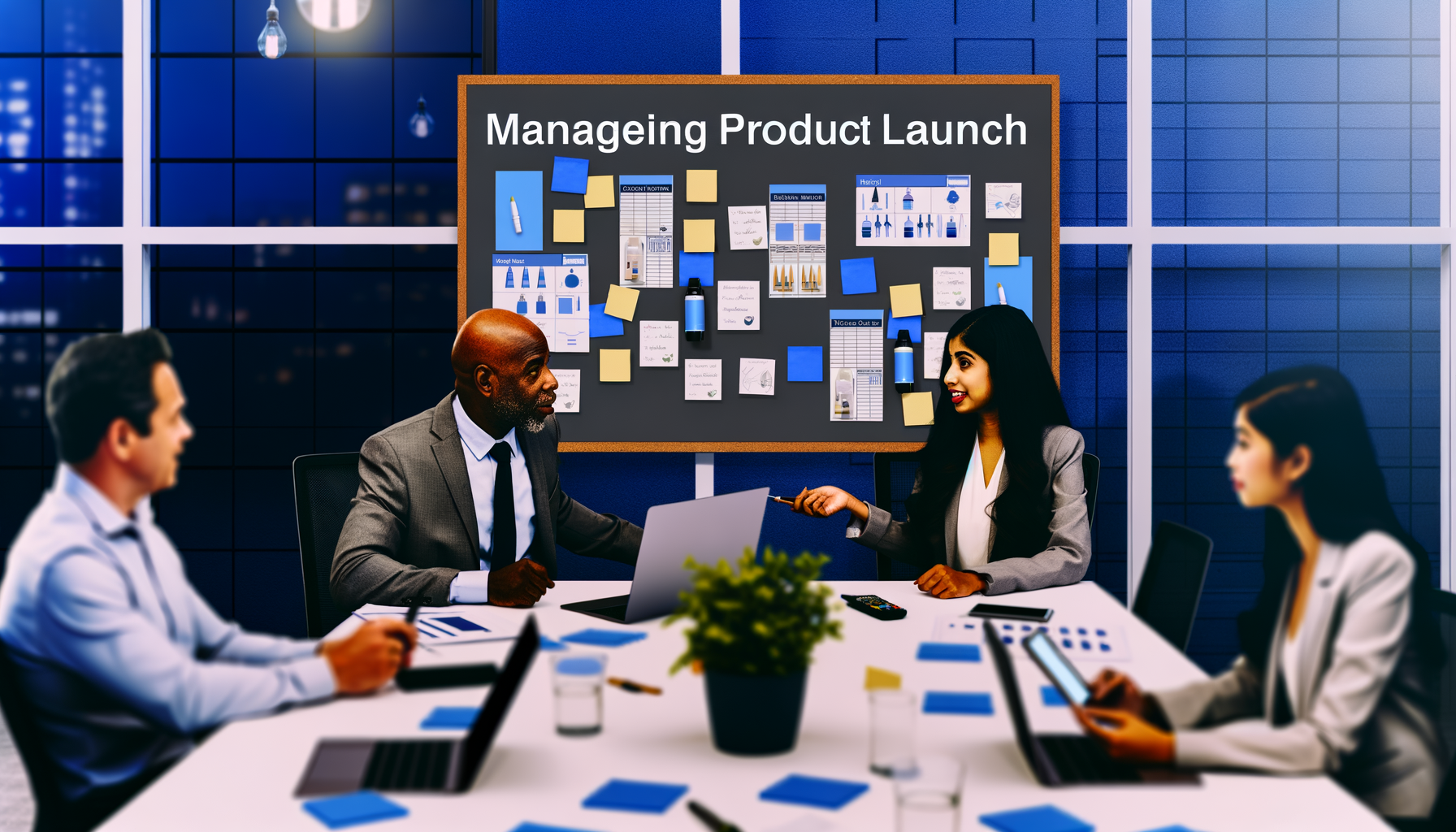Managing Customer Feedback

Understanding the Vital Role of Customer Feedback in Product Development
Embarking on the journey of product development often feels like navigating through an uncharted territory. As founders, we’re constantly seeking ways to ensure our products not only meet but exceed customer expectations. One of the most valuable compass directions in this journey is customer feedback. It’s a goldmine of insights and ideas that can transform your product from a mere concept into a market-fit solution.
The Power of Listening: Embracing Customer Feedback
Engaging with customer feedback early and regularly is crucial. It helps in validating your initial product assumptions and provides a clearer picture of user needs and pain points. The process begins with listening, which is more than just hearing words – it involves understanding context, emotion, and implied desires.
When we developed Foundercrate, we prioritized listening to our early adopters. Their feedback was instrumental in shaping features like the investor database, ensuring it truly met the demands of startup founders worldwide. By genuinely valuing and incorporating feedback, you build trust, making users feel valued and involved in the product’s evolution.
Constructive Channels for Collecting Feedback
Effectively collecting customer feedback requires a strategic approach. Here are some methods that work well:
- Surveys and Questionnaires: Deploying structured surveys can help gather quantifiable data on user satisfaction and feature preferences. Utilizing them allowed us to pinpoint exactly which features our users relied on most.
- User Interviews and Focus Groups: Conducting in-depth discussions provides a qualitative edge, capturing complexities and nuances in user experience that raw data might miss.
- Social Media and Online Communities: Platforms like Twitter, Reddit, and LinkedIn are treasure troves of unsolicited feedback, where users openly discuss their likes, dislikes, and wishes.
- Customer Support Interactions: Each interaction with support channels is an opportunity to understand recurring issues and user sentiment, a practice we ensure at Foundercrate by reviewing support tickets monthly.
Transforming Feedback Into Product Iteration
Once collected, feedback must be systematically analyzed and transformed into actionable product iterations. Here’s how you can effectively leverage it:
- Prioritize Feedback: Not all feedback carries equal weight. Distinguish between critical changes and nice-to-haves by considering the impact on the user experience and alignment with your product vision.
- Create Feedback Loops: Continuously refine your product by establishing a feedback loop. Implement changes, release updates, and revisit similar channels for fresh insights.
- Document and Track Changes: Use tools to document feedback processes and track modifications, ensuring improvements are aligned with customer expectations and communicated clearly, as seen in our iterative updates to the Investor CRM feature.
Integrating Feedback into Product Development: A Case Study
While developing our AI-powered tools, like the RecordsKeeper AI, customer feedback about document categorization accuracy was pivotal. Users expressed the need for more intuitive interaction and precision, which guided our iterations. As we refined the algorithms based on explicit customer input, the adoption rate and user satisfaction significantly increased, showcasing how effective feedback integration can elevate a product’s relevance.
The Ripple Effect: Beyond Product Iteration
Integrating customer feedback doesn’t just drive product iteration; it enhances customer relationships and loyalty. When users see their feedback reflected in product updates, they recognize your commitment to continuous improvement and user satisfaction. This dedication fosters a community of advocates willing to recommend and support your offerings.
In conclusion, customer feedback is an indispensable element in the product development cycle. By systematically collecting, analyzing, and implementing insights, startups can navigate the complexities of market demands and innovation with agility and confidence. If you haven’t yet harnessed the full potential of customer feedback, I urge you to start today. Engage with your users, listen intently, and iterate with purpose. It’s a practice that has proven invaluable here at Foundercrate and can lead to equally transformative outcomes for you.
For more insights and strategies on product development, keep following my journey as I continue to share personal experiences and professional advice. Let’s build momentum in pursuit of innovation and customer-driven success.
Related Posts

Managing Product Strategy
Comprehensive guide to developing and executing product strategy.

Managing Product Launch
Essential strategies for planning and executing successful product launches.
Recent Comments
Categories
- Analytics And Insights
- Business
- Community Management
- Compliance
- Customer Success
- Entrepreneur
- Financial Management
- Fundraising Strategy
- Fundraising Tips
- Growth Strategy
- Investor Relations
- Legal Management
- Market Analysis
- Market Trends
- Marketing Strategy
- Product Development
- Product Insights
- Sales Strategy
- Security And Compliance
- Stakeholder Management
- Team Building
- Team Collaboration
- Team Management
- Tech And Innovation
- Uncategorized
Want to get more content like this?
Signup to directly get this type of content to your inbox!!




